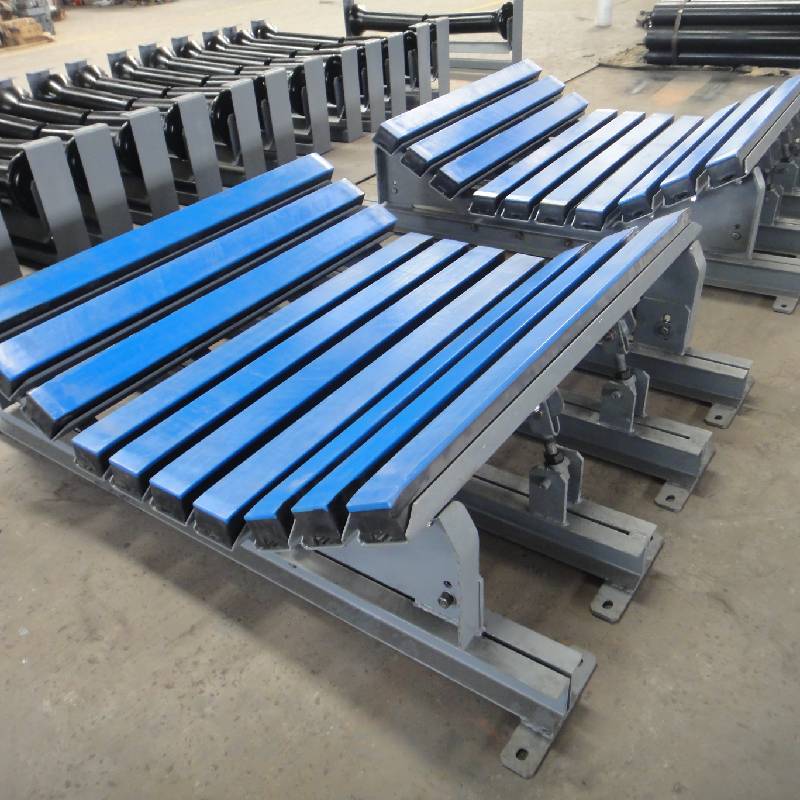 Afrikaans
Afrikaans  Albanian
Albanian  Amharic
Amharic  Arabic
Arabic  Armenian
Armenian  Azerbaijani
Azerbaijani  Basque
Basque  Belarusian
Belarusian  Bengali
Bengali  Bosnian
Bosnian  Bulgarian
Bulgarian  Catalan
Catalan  Cebuano
Cebuano  Corsican
Corsican  Croatian
Croatian  Czech
Czech  Danish
Danish  Dutch
Dutch  English
English  Esperanto
Esperanto  Estonian
Estonian  Finnish
Finnish  French
French  Frisian
Frisian  Galician
Galician  Georgian
Georgian  German
German  Greek
Greek  Gujarati
Gujarati  Haitian Creole
Haitian Creole  hausa
hausa  hawaiian
hawaiian  Hebrew
Hebrew  Hindi
Hindi  Miao
Miao  Hungarian
Hungarian  Icelandic
Icelandic  igbo
igbo  Indonesian
Indonesian  irish
irish  Italian
Italian  Japanese
Japanese  Javanese
Javanese  Kannada
Kannada  kazakh
kazakh  Khmer
Khmer  Rwandese
Rwandese  Korean
Korean  Kurdish
Kurdish  Kyrgyz
Kyrgyz  Lao
Lao  Latin
Latin  Latvian
Latvian  Lithuanian
Lithuanian  Luxembourgish
Luxembourgish  Macedonian
Macedonian  Malgashi
Malgashi  Malay
Malay  Malayalam
Malayalam  Maltese
Maltese  Maori
Maori  Marathi
Marathi  Mongolian
Mongolian  Myanmar
Myanmar  Nepali
Nepali  Norwegian
Norwegian  Norwegian
Norwegian  Occitan
Occitan  Pashto
Pashto  Persian
Persian  Polish
Polish  Portuguese
Portuguese  Punjabi
Punjabi  Romanian
Romanian  Russian
Russian  Samoan
Samoan  Scottish Gaelic
Scottish Gaelic  Serbian
Serbian  Sesotho
Sesotho  Shona
Shona  Sindhi
Sindhi  Sinhala
Sinhala  Slovak
Slovak  Slovenian
Slovenian  Somali
Somali  Spanish
Spanish  Sundanese
Sundanese  Swahili
Swahili  Swedish
Swedish  Tagalog
Tagalog  Tajik
Tajik  Tamil
Tamil  Tatar
Tatar  Telugu
Telugu  Thai
Thai  Turkish
Turkish  Turkmen
Turkmen  Ukrainian
Ukrainian  Urdu
Urdu  Uighur
Uighur  Uzbek
Uzbek  Vietnamese
Vietnamese  Welsh
Welsh  Bantu
Bantu  Yiddish
Yiddish  Yoruba
Yoruba  Zulu
Zulu pulley lagging types
Understanding Pulley Lagging Types An Essential Guide
In the realm of industrial machinery, especially in the mining, manufacturing, and construction sectors, pulleys play a vital role in the efficient operation of conveyor belts and other mechanical systems. However, the effectiveness of these systems often hinges on the quality of the pulley lagging used. This article delves into the various types of pulley lagging, illuminating their importance, applications, materials, and advantages.
What is Pulley Lagging?
Pulley lagging refers to the material or surface applied to the drum of a pulley to enhance its performance. It serves several purposes it increases the grip between the belt and the pulley, reduces slippage, extends the lifespan of both the pulley and the belt, and minimizes wear and tear. Additionally, proper lagging can mitigate vibration and noise, creating a smoother operational environment.
Types of Pulley Lagging
Pulley lagging can generally be categorized into two main types rubber lagging and ceramic lagging. Each type has distinct properties, advantages, and applications.
1. Rubber Lagging
Rubber lagging is the most commonly used type of lagging in industrial applications. It is typically available in a variety of thicknesses and surface textures, allowing for customization based on specific requirements.
Advantages of Rubber Lagging - High Coefficient of Friction Rubber provides excellent grip, minimizing slippage, which is crucial in preventing belt misalignment and inefficiencies. - Shock Absorption The elasticity of rubber absorbs shocks and vibrations, protecting both the conveyor system and the product being transported. - Ease of Installation Rubber lagging can be easily cut, shaped, and adhered to the pulley surface, making installation and maintenance straightforward.
Applications Rubber lagging is widely used in industries such as mining, where heavy loads and rough conditions are common. It is also employed in the food processing industry due to its ease of cleaning and resistance to contamination when food-grade rubber is used.
pulley lagging types

2. Ceramic Lagging
Ceramic lagging consists of ceramic tiles affixed to a rubber backing, combining the benefits of both materials. The ceramic surface offers an exceptionally high level of grip.
Advantages of Ceramic Lagging - Superior Wear Resistance The ceramic material significantly enhances resistance to wear and tear, making it ideal for high-impact and high-abrasion environments. - Enhanced Friction Ceramic tiles provide a remarkable level of friction, reducing slippage even under the heaviest loads, which is vital in industries like mining and bulk transport. - Longer Service Life While more expensive initially, the longevity of ceramic lagging often leads to lower long-term costs due to reduced maintenance and replacement needs.
Applications Ceramic lagging is particularly beneficial in situations where the conveyor system is subject to heavy fragmentation, large particle sizes, or extreme conditions, such as those found in mining and aggregate processing.
Other Types of Lagging
Besides rubber and ceramic lagging, other materials can be used, such as polyurethane, metal, and fabric-based lagging. Each of these alternatives has specific benefits depending on the industry and operational conditions
- Polyurethane Lagging Known for its incredible flexibility and resistance to abrasion, polyurethane is often used in environments where chemical resistance is needed. - Metal Lagging Rarely used in standard applications, metal lagging can be effective in extreme conditions, providing unmatched durability and strength. - Fabric-Based Lagging Often employed in low-load applications, fabric lagging can be an economical choice for light-duty operations.
Conclusion
Selecting the appropriate type of pulley lagging is essential for maximizing efficiency and longevity in conveyor systems and other mechanical applications. While rubber lagging is versatile and widely used, ceramic lagging offers superior wear resistance and grip for heavy-duty environments. Understanding the specific requirements and conditions of your operation will guide the choice of lagging material, ultimately leading to enhanced performance and reduced operational costs. As industries evolve, so too will the innovation surrounding pulley lagging, further emphasizing its critical role in mechanical efficiency.
-
Revolutionizing Conveyor Reliability with Advanced Rubber Lagging PulleysNewsJul.22,2025
-
Powering Precision and Durability with Expert Manufacturers of Conveyor ComponentsNewsJul.22,2025
-
Optimizing Conveyor Systems with Advanced Conveyor AccessoriesNewsJul.22,2025
-
Maximize Conveyor Efficiency with Quality Conveyor Idler PulleysNewsJul.22,2025
-
Future-Proof Your Conveyor System with High-Performance Polyurethane RollerNewsJul.22,2025
-
Driving Efficiency Forward with Quality Idlers and RollersNewsJul.22,2025





























